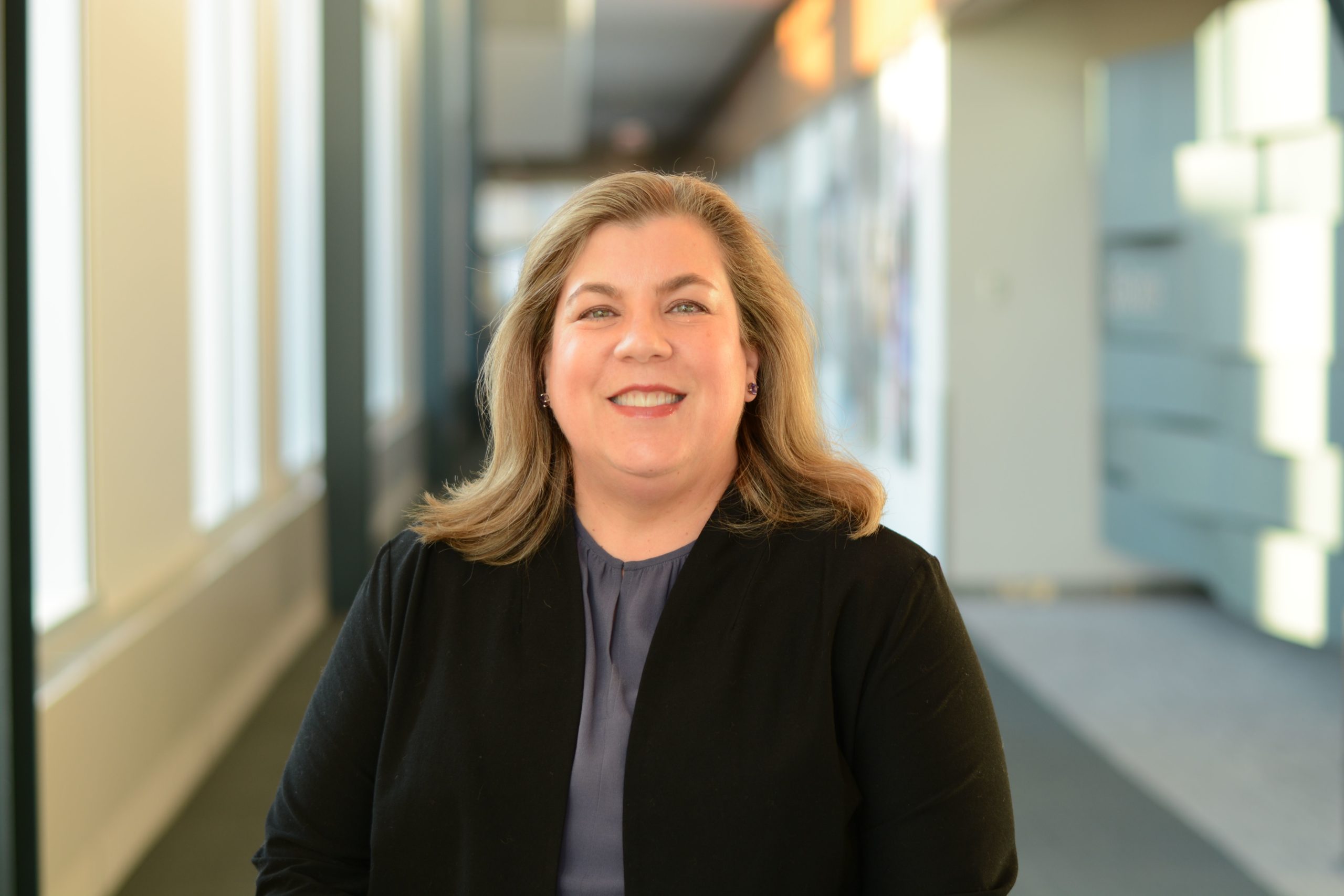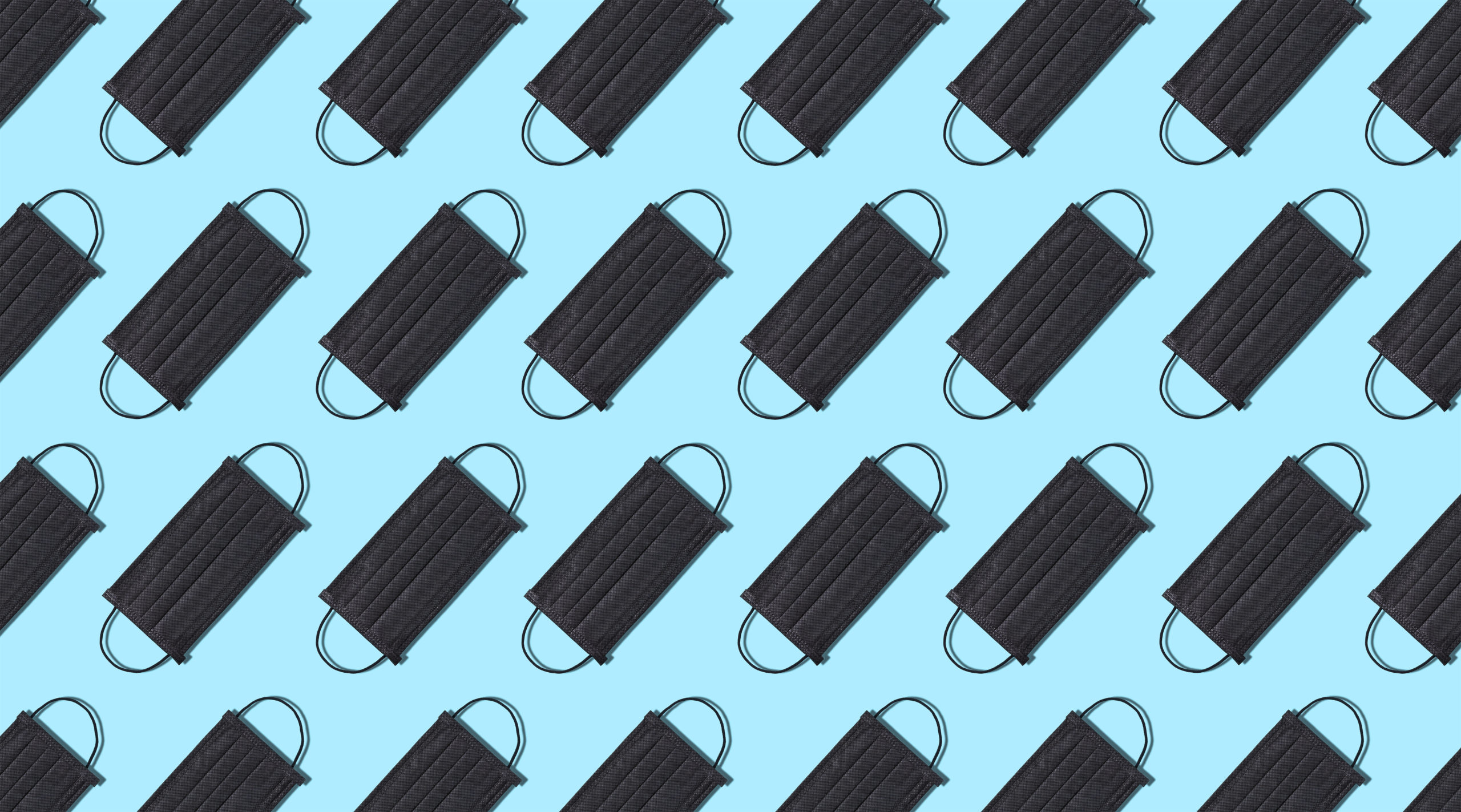Tunheim sat down with our longtime friend and former client, Minnesota Hospital Association’s Vice President of Communications and Public Relations, Wendy Burt, to discuss how they have been handling the current health pandemic and their approach to COVID-19 and The Media.
How has your work changed in the last 4-5 months? Is it all COVID, all the time?
Media inquiries started taking off at the beginning of March. By March 16, when we moved our staff to work from home, we were inundated with media questions. Just as important as answering media questions was preparing our hospitals and health systems to secure the necessary hospital surge capacity to care for patients, personal protective equipment (PPE) to protect our health care heroes and equipment like ventilators. Every day had its own new issues pop up. We set up new groups with MDH to ensure sharing of information between the state and health systems.
It was all COVID all the time from March through the middle of June, and we continue with many of our COVID communications efforts today since new issues continue to emerge. While the demands have decreased somewhat, we know that they could increase again at any time if virus activity increases in Minnesota.
What is MHA’s #1 message to Minnesotans right now in regard to COVID-19?
Wear a mask and stay physically distant. These are immediate tools in our toolkit to slow the spread of the virus. We realize that wearing masks can be hot, uncomfortable and unfamiliar, but the science shows that a simple mask will reduce the droplets that can spread the virus. This is how you can protect your family and others. Do not think that the virus is done with us. It is not. Our health care heroes in our hospitals and clinics need the public to support and protect them by masking up.
MHA’s mission is “Advance the health of individuals and communities through leadership, advocacy and collaboration on behalf of Minnesota hospitals and health systems.” What do you see as your role as a communicator during a public health crisis in advancing the health of individuals and communities?
Fortunately, our CEO, Dr. Rahul Koranne, is a physician and we know from public opinion research that physicians are trusted by the public. Our outreach and media activities have focused on helping the public understand and feel reassured by what hospitals and health systems are doing to prepare for hot spots or a surge of COVID-19 as well as treat patients who need other types of medical care. With Dr. Koranne as our spokesperson, we are able to share our message from a trusted source.
In addition, our role is to advocate for our hospitals and health systems and the health care heroes who are on the front lines, doing life-saving work. Dr. Koranne testified in early March before the Legislature that the pandemic will require significant resources for preparedness. In addition to the expense of preparing for COVID patients, our members faced a significant loss of revenue from the pause in elective surgeries. We launched regular communications with our congressional delegation and state legislators requesting funding to support emergency preparedness.
What role is the media playing in the pandemic? What would you like to see getting more or less coverage?
We appreciate the opportunities for us to get our message out every day. We have adopted a Dr. Anthony Fauci-like strategy of doing as many interviews as are requested. This crisis reinforced how heavily Minnesotans depend on that emergency room, hospital and clinic in your community. I would like to see the media help communicate that hospitals and clinics are able to treat all of our patients right now, not just COVID-19 patients.
Another area that I would like to see the media cover more is how health systems are re-engineering their delivery of care to patients. Almost overnight, hospitals and health systems have created e-visits that customers have wanted but that there were previous barriers to implementing – some of our own making and some due to government regulations. With the necessity of change that came with COVID, now all of our members are doing them. We know that many people have been concerned about coming into the clinic or seeking emergency care when they really need it. Amplifying that would be helpful to the health of Minnesota.
I especially appreciate the stories reporters are doing of young people or relatively young people who have no underlying conditions but who have been leveled by the virus. People need to understand this is not the flu and it is not a hoax.
What are MHA’s other priorities now and through the rest of the year?
We and our members are significantly prioritizing getting patients comfortable in seeking care in our current normal, whether it’s preventive or cancer screenings or procedures that were delayed during the pause in elective surgeries. We will need to encourage parents to vaccinate their kids on time, and we will need to encourage flu shots in anticipation of a scary flu season at the same time as COVID.
Our members also want to look at how to ensure that rural health care is sustainable into the future for the communities that they serve. This pandemic has been financially devasting to all of our members, but it has affected rural hospitals in particular. Knowing how much communities depend on their local hospital for their core health care needs, we need to help ensure that the care remains available and accessible.
Personally, I am grateful to have meaningful work during this absolutely life-changing time. Given that we were in crisis communications for about 100 days straight, I think it’s important for our team to now try to use some PTO and regroup for the next wave which is upon us.

Vice President of Communications and Public Relations at Minnesota Hospital Association, Wendy Burt






